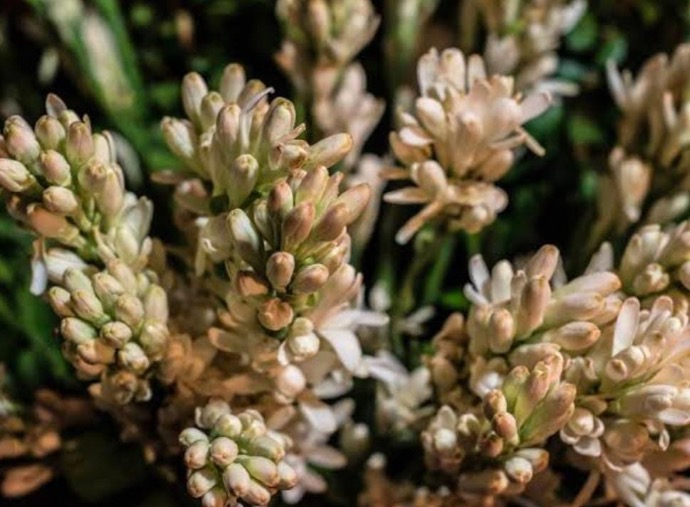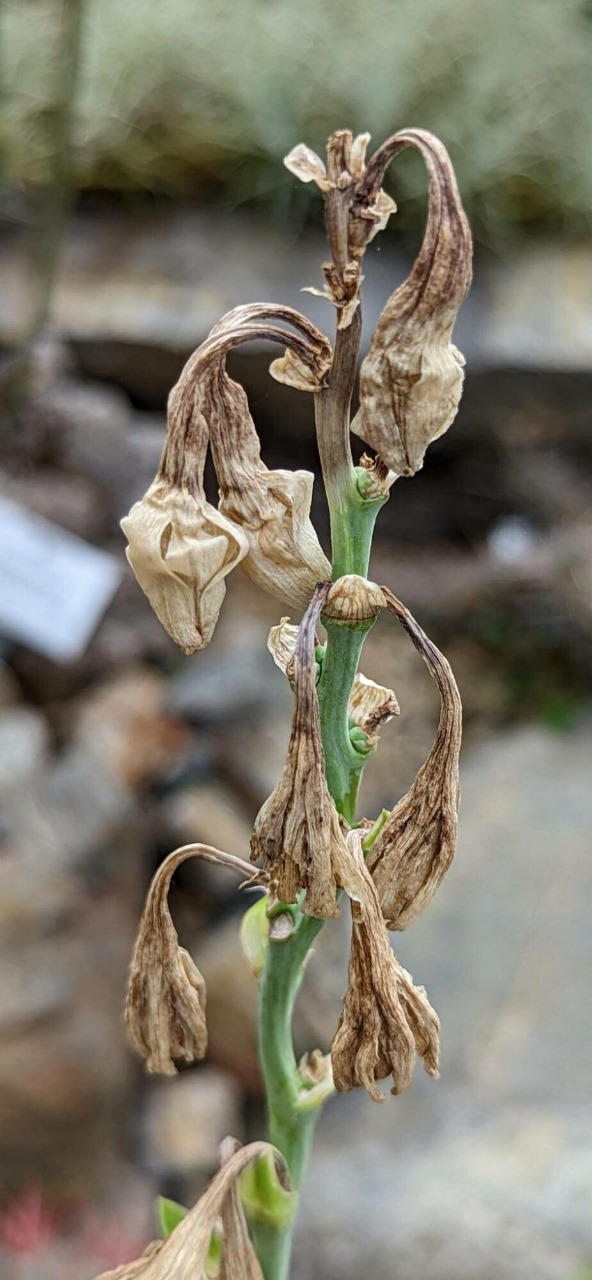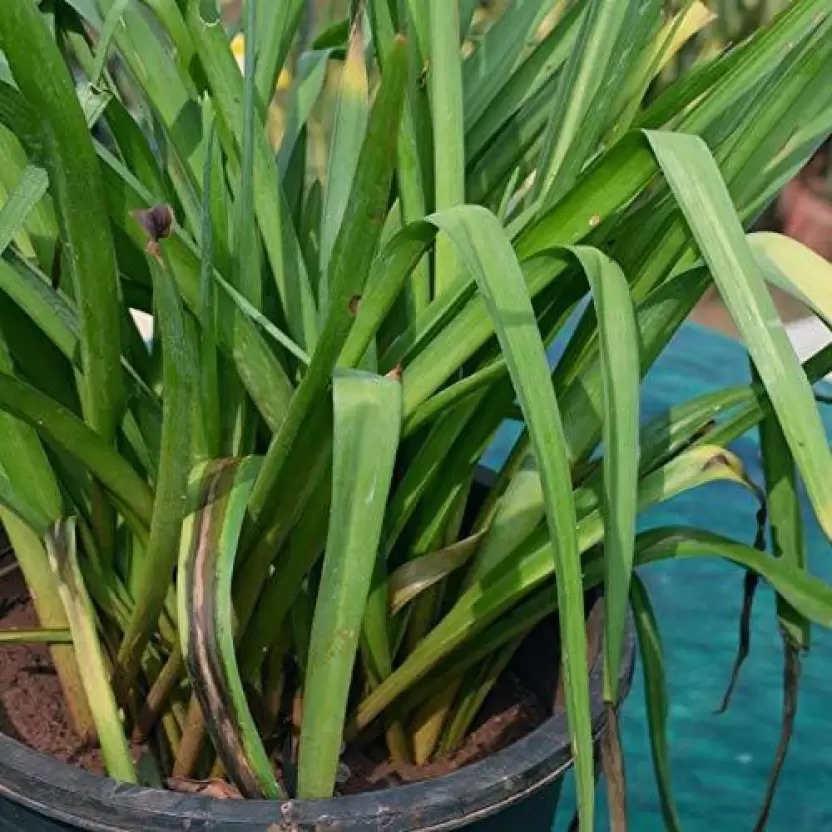Lily Rajinigandha Plant
Lilly Rajinigandha, possibly referring to a specific Lily variety, may have varying care requirements. Generally, provide well-draining soil, appropriate sunlight, and regular watering. Pruning and fertilizing practices may vary based on the specific characteristics of this plant.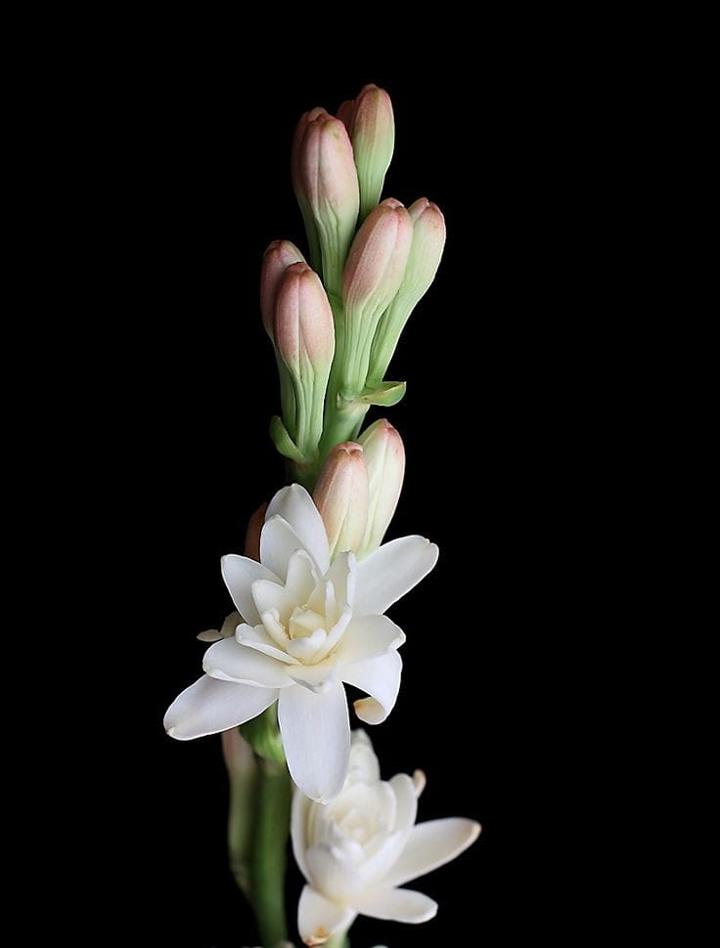
Habit
Perennial
Height
0.3 to 0.6 m
Growth
Fast
Soil
Well-drained, Sandy Loam
Shade
Full Sun to partial shade
Moisture
Moist
Edible
No
Medicinal
No
Origin
Mexico
Climatic Condition
Tropical, Subtropical
Temperature (°)
20°C to 30°C
Humidity (%)
60% to 80%
Potting media
50% Loam, 40% Sand, 10% Organic Matter
Fertilizers
Organic Fertilizer
Watering
Regular watering
Plant Weight
0.3 to 0.5 kg
Flowering Time
Summer to Fall
Soil Ph level
6.0 to 7.5
Water Ph level
6.0 to 6.5
Soil EC
0.6 to 1.0 mS/cm
Yield Per Plant
1 to 2 kg per plant
NPK ratio
10:10:10
life Span
1 to 2 years
Health Benefits
Fragrance, Ornamental
Suggested Grow Media or Potting Mix ?
50% loamy soil, 30% compost, 20% sand
Suggested Fertigation/Fertilizers
Fertilize every 2 weeks with a balanced fertilizer.
Common Diseases and Remedies
flower bud rot , leaf blight
dry rotting of buds , necrotic discoloration of peduncles .
Diseased plants should be uprooted and destroyed .avoid excess irrigation .
HEALTH BENEFITS
Known for its aromatic benefits; used in traditional medicine for relaxation.
What Is An Lily Rajinigandha ?
Lily Rajinigandha, also known as tuberose, is a fragrant flowering plant belonging to the agave family. It is native to Mexico, but is now grown in many parts of the world, including India. This plant produces long, slender stems that can reach up to 1 meter in height. The leaves are narrow and pointed, dark green in colour and waxy in texture. The flowers are white, cream, or yellowish in colour and have a strong, sweet scent that is often used in perfumery.

What Are The Different Types Of Lily Rajinigandha Plants?
1. Double-flowered
This variety produces large, full flowers with many layers of petals.
2. Single-flowered
This variety has multiple layers of petals, giving it a thinner, more delicate appearance than the double-flowered variety.
3. Dwarf
As the name suggests, this type of lily Rajinigandha is smaller and produces small flowers.
4. Spikes
This variety produces tall, narrow spikes rather than individual flowers.
5. Variegated
This type of lily Rajinigandha has leaves with varying colours such as green and yellow or green and white.
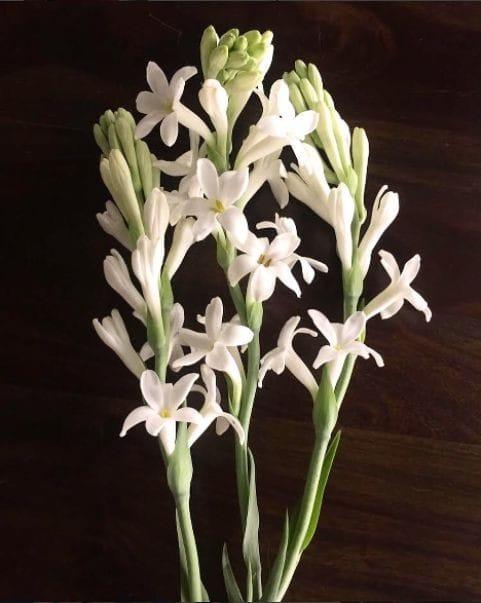
How to Care Lily Rajinigandha ?
1. Location
Lily Rajinigandha plant (Tuberose) grows best in warm, sunny locations with well-drained soil. Prefers at least 6 hours of sunlight per day, but can also grow in partial shade. When it comes to soil, Rajiniganda lilies grow best in loamy soils that are rich in organic matter and have good drainage. It is important not to give them too much water as they will rot easily.
2. Sunshine
Lily Rajinigandha plants require plenty of sunlight to grow and produce healthy, fragrant flowers. Ideally, it should be placed in an area that receives at least 6 hours of sunlight each day. However, it also tolerates partial shade, especially during the hottest parts of the day. In general, it is important to give Lily Rajinigandha a bright, sunny location to promote growth and flowering.
3. Soil
Lily Rajinigandha plants require well-drained soil rich in organic matter to grow properly. Ideally, the soil pH should be between 6.0 and 7.5. The plant prefers slightly acidic to neutral soil. Lily Rajanigandha can grow in different types of soil, including sandy, loamy, and clay soils. However, if the soil is too heavy or has poor drainage, it will be more likely to cause root rot, so the soil must be well-drained.
4. Hydration
It is recommended to water the plant when the top inch of soil feels dry. The frequency and amount of watering depends on the climate, soil, and location of the plant. In general, it is better to water your plants deeply and frequently than to water them superficially and frequently. This allows the plants to grow deep roots and become more drought tolerant.

5. Nourishment
Lily Rajinigandha plants require regular nutrition to grow and produce healthy, fragrant flowers. Plants need a balanced fertilizer that provides equal amounts of nitrogen, phosphorus, and potassium (NPK) to promote healthy growth and flowering. It is recommended to fertilize the plant every 3-4 weeks during the growing season, which usually lasts from spring to autumn.
6. Issues
Fungal diseases such as powdery mildew, rust, and leaf spot can affect plants and cause leaf discoloration and wilting. Pests such as spider mites, aphids, and thrips can attack plants, causing leaf discoloration, wilting, and stunted growth. Deficiency of nutrients such as iron, magnesium, and calcium can affect plants, causing stunted growth, yellowing of leaves, and poor flowering. Environmental stress such as extreme heat or drought
What are the Benefits of Lily Rajinigandha ?
This plant produces strongly scented flowers that can be used to make perfumes and fragrance oils. The Lily Rajinigandha plant makes a beautiful addition to any garden or landscape. Tall stems with clusters of fragrant white flowers can create an eye-catching focal point in any garden. In traditional medicine, this plant is said to have calming properties and is used to treat anxiety, depression, and insomnia. The oil extracted from the flowers is also said to have antispasmodic and anti-inflammatory properties. Flowers can also be used in cooking, especially in Middle Eastern and Indian cuisine. This plant is said to repel mosquitoes and other insects and is often used in traditional insect repellents.

FAQs About Growing Lily Rajinigandha
1. When does Lily Rajinigandha bloom ?
Lily Rajinigandha plants usually bloom in the summer and produce tall stems adorned with clusters of blue, purple, or white flowers. The exact time of flowering may vary depending on factors such as climate and growing conditions.
2. Can Lily Rajinigandha be grown indoors ?
Lily Rajinigandha plants prefer to grow outdoors in full sun, but they can also be grown indoors in containers. Place it near a sunny window so it receives plenty of sunlight.
3. How can I propagate Rajinigandha plants ?
Rajinigandha plants can be propagated by division or seeds. During division, the plant's rhizomes are separated and replanted in a new location. Alternatively, you can collect seeds from ripe flower heads and plant them in pots or sow directly into garden soil.
4. Are Rajinigandha flowers suitable as cut flowers ?
Yes, Rajinigandha flowers make excellent cut flowers for flower arrangements. Harvest the flowers when they are fully open but still in bud and place them in a vase of fresh water. Change the water regularly to extend the life of the flowers in the vase.
